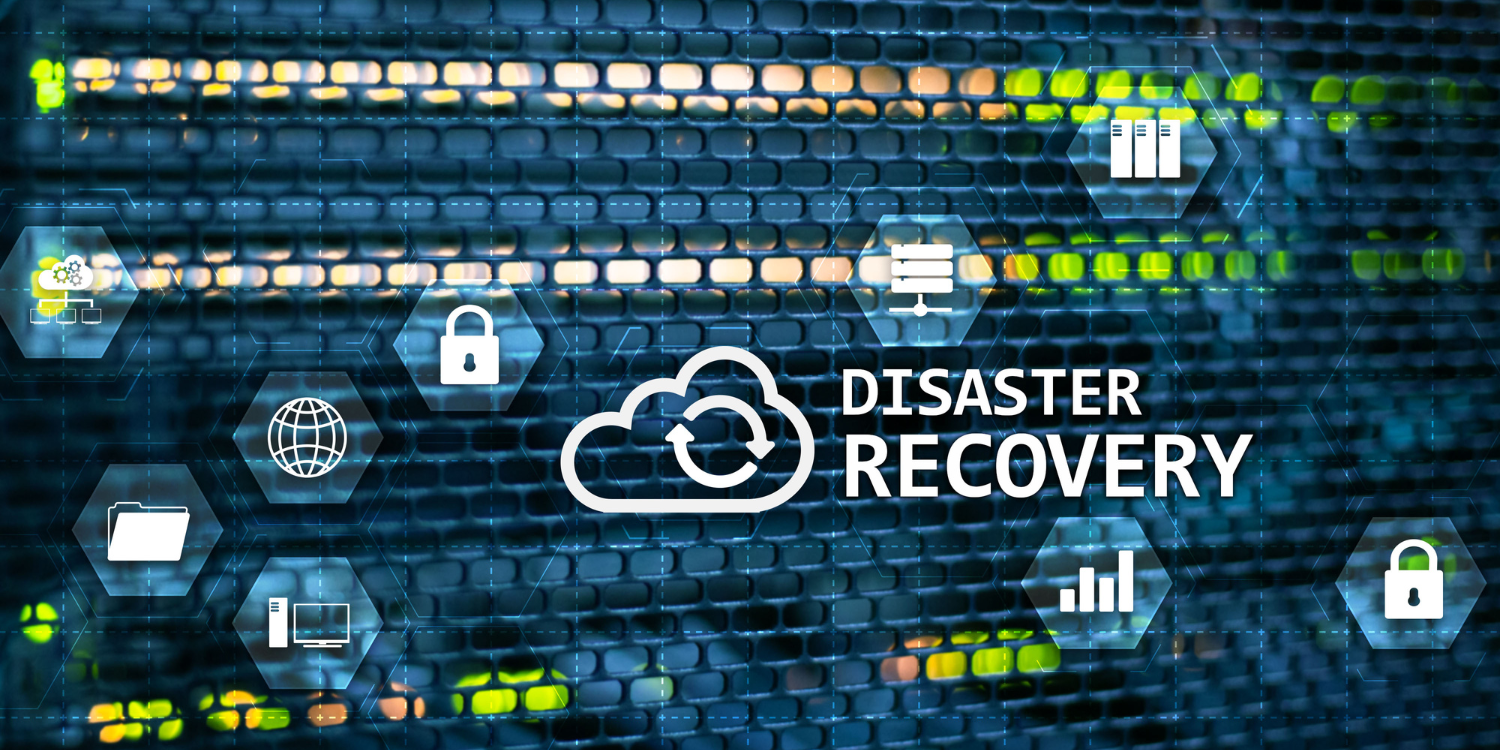Disaster recovery solutions are an essential aspect of business continuity planning. They allow organizations to restore their critical IT systems and data after a disaster strikes. This ensures minimal downtime and smoother operations. However, like any other technology, disaster recovery solutions are vulnerable to various threats that can compromise their effectiveness. In this blog, we will explore the vulnerabilities in disaster recovery solutions. Also, we’ll discuss how businesses can safeguard themselves against potential risks.
Potential Vulnerabilities in Disaster Recovery Solutions
1. Natural Disasters
Disaster recovery solutions primarily shield against natural disasters. Yet they may fail under extreme conditions, leading to data loss and downtime. Businesses require a comprehensive disaster recovery plan with multiple backup locations, regular testing, and updates for optimal effectiveness.
2. Human Error
Despite implementing advanced technology, human error remains one of the biggest vulnerabilities in disaster recovery solutions. Accidental deletion, misconfiguration, and failure to follow proper procedures can all result in data loss or system failure. Organizations need regular employee training on disaster recovery and should frequently review and update their plans to reduce human error.
3. Cybersecurity Threats
In the current digital landscape, businesses face constant cyber threats. Disaster recovery solutions relying on cloud-based technology are especially vulnerable to malware, ransomware, and phishing attacks. As a result, organizations must implement strong security measures such as firewalls, encryption, and multi-factor authentication to minimize cybersecurity risks.
4. Lack of Testing and Monitoring
Many businesses make the mistake of assuming their disaster recovery solution is foolproof without regularly testing and monitoring its effectiveness. Without periodic testing, organizations may not realize their disaster recovery plan is obsolete or inadequate until it’s too late. Regular tests and updates are crucial to identifying vulnerabilities in the system and making necessary changes for reliability.
5. Data Corruption
Data corruption is a common issue that can significantly impact the effectiveness of a disaster recovery solution. Additionally, corruption can occur due to hardware or software failures, power outages, or human error. Organizations should implement data protection measures like regular backups and data integrity checks to reduce the risk of data corruption.
How to Mitigate Vulnerabilities in Disaster Recovery Solutions
1. Continuous Risk Assessment
The first step towards mitigating vulnerabilities in disaster recovery solutions is to conduct a risk assessment. Initially, it involves identifying potential threats and analyzing the impact they can have on the business’s operations. Subsequently, based on this evaluation, organizations can then develop a disaster recovery plan that addresses specific risks and vulnerabilities.
2. Regular Updates and Testing
As mentioned earlier, regular updates and testing are critical in maintaining the effectiveness of a disaster recovery solution. Organizations should review their disaster recovery plan regularly. Then, they should make necessary updates to ensure the plan aligns with their business needs and the latest technological advancements. Furthermore, regular testing will help identify any potential vulnerabilities in the system.
3. Robust Cybersecurity Measures
To protect against cyber threats, businesses should first implement robust cybersecurity measures. For example, this includes firewalls, intrusion detection systems, anti-malware software, and more. Those security measures safeguard against cyber attacks and help mitigate vulnerabilities in disaster recovery solutions.
4. Multiple Backup Locations
Multiple backup locations are crucial for mitigating the risk of natural disasters. Consider storing backups in diverse geographical locations. If a disaster event affects one location, your data remains intact and protected.
Conclusion
Disaster recovery solutions are a crucial component of business resilience. It can help organizations minimize the impact of disasters on their operations. However, to ensure the effectiveness of these solutions, it’s important to identify and mitigate vulnerabilities. Businesses can enhance disaster recovery by implementing robust security measures, conducting regular testing and updates, and maintaining a comprehensive recovery plan. This reduces vulnerability risks and safeguards critical systems and data.
If you need help initiating an effective disaster recovery plan or implementing robust security measures, please reach out to our experts. SwiftTech Solutions is here to safeguard your business against risks and ensure continuity in the face of disasters. Contact us today at info@swifttechsolutions.com or call (877) 794-3811 to learn more.
Additional Resources:
https://www.imperva.com/learn/availability/disaster-recovery/

